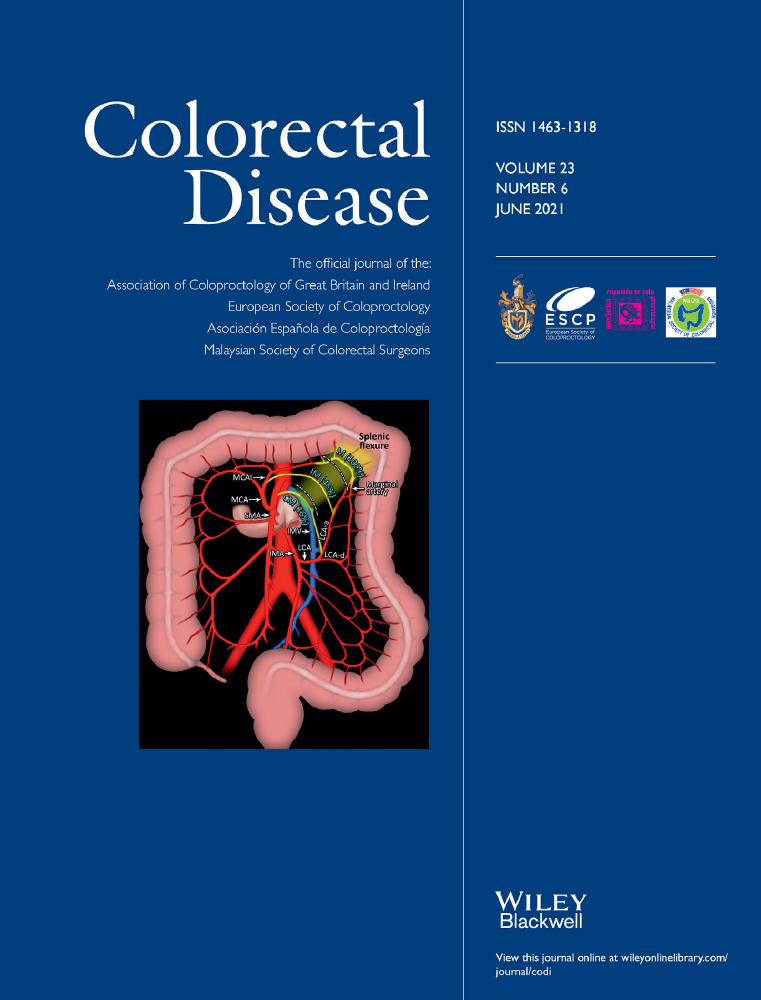Linked colour imaging versus white-light colonoscopy for the detection of flat colorectal lesions: A randomized controlled trial
The study was registered at www.clinicaltrials.gov (NCT NCT03272945) on 2 September 2017.
Abstract
Aim
Linked colour imaging is an image-enhanced endoscopy system that emphasizes the red portion of the mucosa's colour. Our aim was to compare the effectiveness of linked colour imaging with white-light colonoscopy for the detection of flat-type colorectal polyps.
Method
This was a single-centre, randomized controlled trial. Enrolled patients were those aged ≥50 years undergoing cap-assisted colonoscopy for colorectal cancer screening. They were randomized in a 1:1 ratio for observation using linked colour imaging or white-light colonoscopy. All colorectal polyps detected were removed or biopsied. The primary outcome was the number of flat-type polyps per patient in patients in whom flat polyps were detected. Secondary outcomes included adenoma and polyp detection rates.
Results
There were 302 subjects randomized: 152 to linked colour imaging and 150 to white-light colonoscopy. There were no differences in the clinical features between the two arms. The number of flat polyps detected per patient using linked colour imaging was approximately twice that with white light (2.9 ± 3.0 vs 1.2 ± 1.6, p = 0.045). Linked colour imaging also proved superior to white-light colonoscopy in terms of adenoma and polyp detection rates [adenomas 66% (101/152) vs 49% (73/150), p = 0.0024; polyps 69% (105/152) vs 55% (82/150), p = 0.013]. The ratio of polyps detected in the right colon compared with those detected in the left colon was significantly greater using linked colour than white-light imaging (168/64 vs 93/84; p < 0.001).
Conclusion
Compared with white-light colonoscopy, linked colour imaging improved adenoma and polyp detection rates, including detection of flat-type colorectal polyps.
CONFLICT OF INTERESTS
The authors declare no conflicts of interest for this article.
Open Research
DATA AVAILABILITY STATEMENT
The data that support the findings of this study are available from the corresponding author upon reasonable request.




